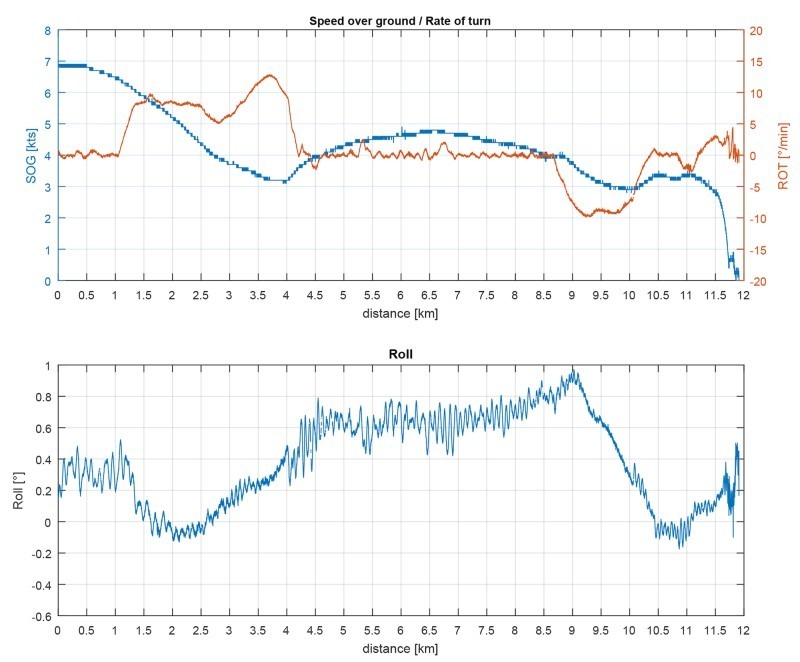 UKC Policy for the Port of Rotterdam
UKC Policy for the Port of Rotterdam
On behalf of the Port of Rotterdam Authority MARIN conducted a study to substantiate guidelines for the minimum Under Keel Clearance (UKC) for ultra large container vessels.
With the dimensions of container vessels continually increasing and given the tendency to visit the port laden to the maximum draught more often, a question arose about whether the current rules for UKC in the inner port are still safe. The study was conducted in cooperation with Deltares and the Dutch Maritime Pilot Association.
Although safety was the most important factor, it was also vital that operations in the port were not restricted unnecessarily. A desk study was performed to determine the minimum keel clearance to maintain manoeuvrability in a narrow basin. Factors such as the ship draught accuracy and observed depth accuracy were evaluated as well. However, most effort went into the allowances related to ship movements. For container vessels, the heel angle contributed considerably to the observed sinkage.
When manoeuvring these large vessels, pilots use the Navigator Marginal Ships (NMS) which provides high accuracy positioning and path prediction, but also records heel angles and antenna height. By studying NMS data, allowances for the experienced heel due to turning and wind could be determined for different sections of the port. It was interesting to observe that increasing engine revolutions and rudder use contributed considerably to the heel angle at certain points. The same NMS data were used to evaluate various squat formulas. The best fitting formula for this type of vessel and situation was then determined and used to calculate the squat allowance for the present and future situation.
With the derived realistic allowances, the gross UKC required per section of the various routes in the inner port was determined. In the end it was possible to come up with a generic rule set that enables a safe but also efficient use of the port.

Example of studied voyages and recorded NMS data
Dimitri van Heel | d.v.heel@marin.nl

